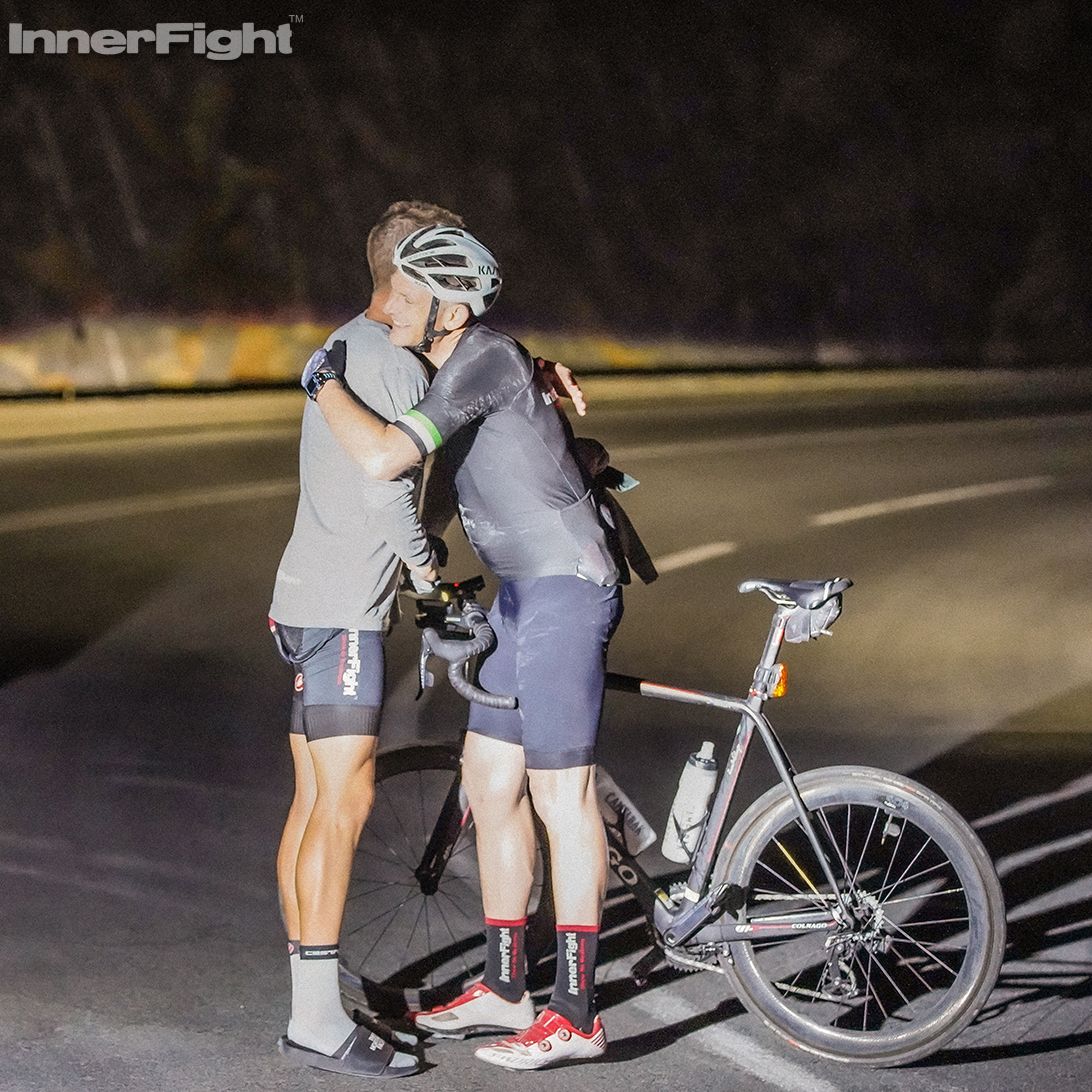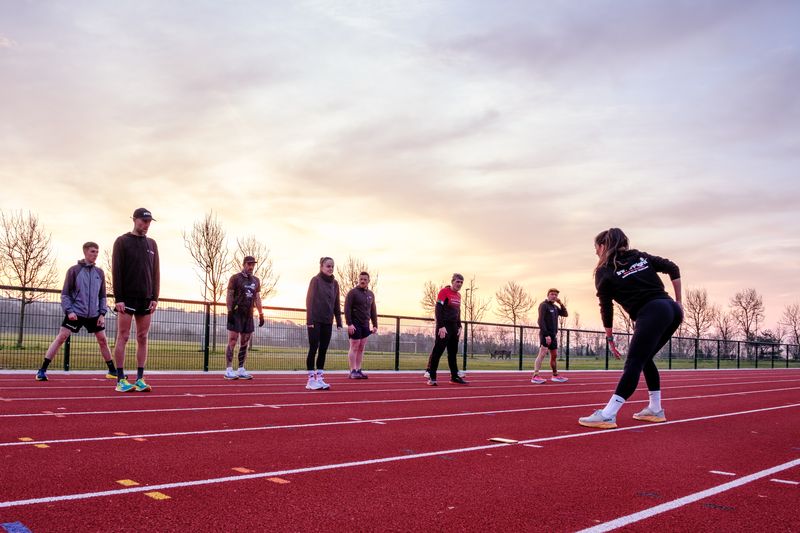The Difference

I can see you all sitting there and rolling your eyes at my choice of title - shouting at the screen, it's just half the distance! I knew that already, and yes you would be right but there may be some things that you didn’t know. Read on!
Whilst one is ‘mere 21.1km’ and the other 42.2kms they could be further apart in terms of races and how you should attack them. Firstly - let's look at the bodies energy systems.
The Aerobic system - can use carbs, fats or even proteins for energy production. This is the most efficient energy system in the body but takes longer to produce energy. As the name suggests, oxygen is a requirement for this system. This is often referred to as the ‘low intensity system’ or zones 1 and 2.
For your reference, in a 1 mile race, 80% of energy contribution comes from the aerobic system and just 20% is produced anaerobically. This jumps to 90/10 for a 10km race and 97.5/2.5 for a marathon! This should highlight the importance of AEROBIC training in your program, no matter what distance you are training for.
The aerobic system has a key feature in that it can utilise fat as a fuel, we all have a near unlimited supply. It will however use Carbohydrate to help breakdown the fat into usable energy. This is great for a marathon if running for longer at much lower intensity but when running a half marathon your intensity should obviously be much higher.
The breakdown of glycogen creates ATP as glucose is converted into pyruvate. During this process, hydrogen is produced and if there is enough O2, the aerobic system will use the hydrogen and pyruvate to make more ATP (energy). When a lack of oxygen occurs the system cannot keep up and so the hydrogen combines with pyruvate to form lactate.
When the lactate production is faster than lactate clearing, this is called the lactate threshold and lactate begins to accumulate in the blood. Increased blood acidity stops the use of fatty acids for energy production increasing the body dependence on carbs as a fuel source.
In short, the higher the intensity of the race, the higher the body depends on carbohydrates.
As carbohydrate stores deplete so will performance.
Lactate threshold is typically defined as the pace/speed or heart rate you can maintain for 60 mins of exercise. So unless you are a highly trained athlete , you will likely be running below this intensity. It’s worth looking at your LT Zones to figure out how hard you can push in this race.
When working at 50% of lactate threshold; 45 - 55% of Kcals come from fat: Intensity wise, this equates to roughly a fast walk.
At 75% of Lactate threshold (a very easy run); 10 - 30% of Kcals come from fat.
At or above Lactate Threshold its 0%.
Depending on your fitness levels – you probably aim to run a Half marathon at 95% LT (Tempo zone).
We don’t need to worry about fat replenishment at these levels from an energy standpoint as we have finite stores. Carbohydrate however needs replenishing
In order to achieve certain performance targets in a half marathon, exercise intensities will often need to rise above 70% of Max HR, limiting glycogen at this point is inefficient to the body for the reasons explained, therefore replacing glycogen stores pre, during and post exercise is favourable. I would suggest a small amount of fuel before the race start and in the first half of the event to ensure you are still drip feeding the ‘emptying bath’.
Now we can understand the difference between a marathon and half marathon. During a marathon we expect to deplete glycogen stores at around half way or roughly 90 min to 2hrs in. This is why we begin fuelling from the off! We could look at a half marathon and expect if you are to be done by 90 min – 2hrs then it wont need fuelling as you will have enough glycogen stored. What must be remembered though is the intensity difference discussed earlier. Ensuring you start the half marathon fully topped up (with glycogen) is a key aspect of maintaining a hard pace from the start, then topping up stores as they are depleted through the race will ensure you can stay at around 95% of LT without the body feeling it needs to slow down as glycogen depletes. It is shown that for performance, 60g of carbohydrates per hour is beneficial for runners. More specifically, 20g every 20 mins is shown to work very well. Hence why many sports nutrition companies usually create gels with 18 – 22g of carbs in. Want a simple fuelling pack to get you half marathon ready? Head to InnerFight HQ for our special Secret Training half marathon pack!








.avif)



